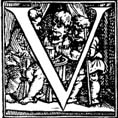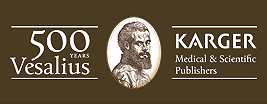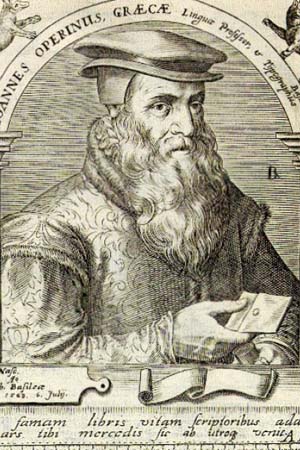
esalius’ fixation with perfection did not end with his manuscript. By 1543, new technology and distribution channels made it possible to print a work of this size in quantities that permitted broader dissemination than had been possible before.
Vesalius sought out one of the most accomplished printers of the time, Johannes Oporinus of Basel, Switzerland, even though this involved transporting the precious woodblocks over the Alps.
Basel was a mecca of the modern publishing world, and Vesalius stayed for months in the town on the Rhine until the printing was complete.
Vesalius appears to have carefully steered each stage of the production process. The typeface, too – Basel Antiqua – was distinctive to 16th-century Basel.
Vesalius harnessed “the power of the printing press to produce a typographical masterpiece”, in the words of medical historian Vivian Nutton.

